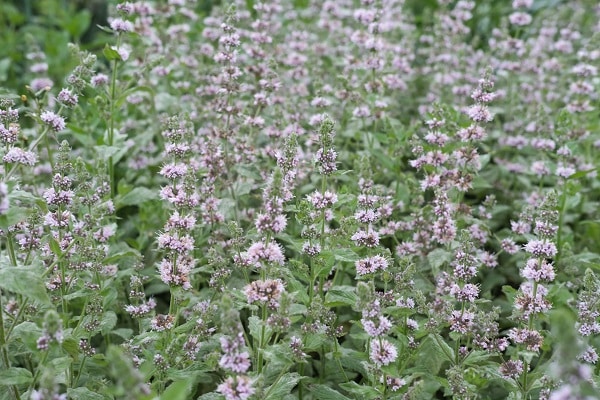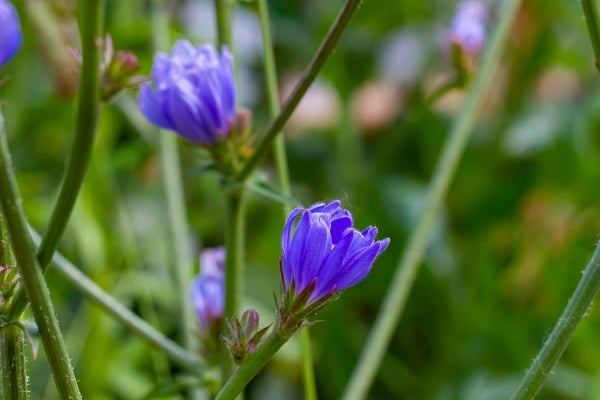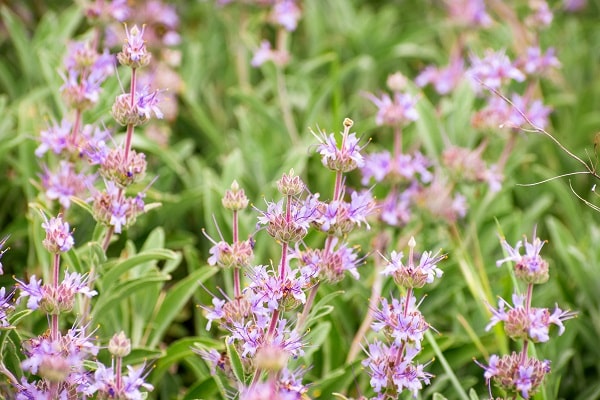Like most people, you probably love spending time outdoors in your garden. What’s not to love? It’s a beautiful way to relax and get some fresh air. But did you know that your garden can be friendly to bees, too? That’s right – ≥making a few simple changes can make your garden more bee-friendly and help support these important pollinators. If this sounds like something you’re interested in, read on for seven ways to have a more bee-friendly garden.
Contents
The Benefits Of Making Your Garden More Bee-Friendly
Most people are familiar with the work of bees as pollinators, but there are many other benefits that these hardworking insects can provide. For example, bees are excellent garden cleaners and will gladly tidy up fallen leaves or petals. In addition, bees are attracted to plants that produce a lot of nectar, so having them around can help boost your plants’ growth.
Furthermore, bees help to control pests, as they will eat many of the same insects that damage crops. As you can see, there are many good reasons to encourage bees into your garden. Fortunately, there are a few simple steps that you can take to make your garden more bee-friendly.
You are probably convinced that having a bee-friendly garden is a good idea. But you might be wondering how to go about it. Here are seven tips to get you started:
Plant Flowers That Grow Year-Round
A bee-friendly garden provides a source of food and shelter for bees year-round. While most people think of bees as being active in the summer months, many species of bees are active in the winter. It is important to plant flowers that bloom at different times of the year to create a bee-friendly garden that provides food and shelter for these winter bees.
Some flowers that bloom in the winter include Witch Hazel, Hellebore, Mahonia, and Christmas Rose. By planting various flowers that bloom at different times of the year, you can create a bee-friendly garden that provides food and shelter for bees year-round.
Plant Native Flowers
Another way to help out the bees in your area is to plant native flowers in your garden. Native flowers are adapted to the local climate and provide an important food source for bees. In addition, native plants are generally low-maintenance and require less water than other types of plants.
As a result, planting native flowers is a great way to make your garden more bee-friendly. Not only will this help bees, but it will also add color and interest to your garden. So next time you’re planning your garden, be sure to include some native flowers.
Avoid Using Pesticides
Most people are aware of the importance of bees in pollinating plants, but many are unaware of the threat pesticides pose to these vital creatures. Pesticides kill insects, and while they may not be harmful to humans in small doses, they can be fatal to bees. When a bee comes into contact with a pesticide, it can transfer the chemical back to the hive, where it can poison the entire colony.
Additionally, bee populations are already under stress from habitat loss, so we must do what we can to help them out. One way to make your garden more bee-friendly is to avoid using pesticides. Many organic methods, such as companion planting and crop rotation, can control pests. By taking steps to protect bees, we can ensure that they’ll be around to pollinate our plants for years to come.
Provide A Spot For Them To Make A Hive
If you’re looking to make your garden more bee-friendly, one of the best things you can do is provide a spot for bees to build their hive. This doesn’t necessarily mean having an actual beehive in your garden – although that’s certainly an option – but simply giving bees a place to call home. By providing a place for them to live, you’re ensuring that there will be plenty of bees around to pollinate your plants. Plus, it’s nice to have these little creatures buzzing around your garden! So what’s the best way to provide a home for bees?
One option is to build a Bee Hotel. A Bee Hotel is a small structure – like a birdhouse – that provides bees with a place to nest. You can find plans for Bee Hotels online or in many gardening books. Another option is to leave an area of your garden wild and untamed. This provides bees with the perfect environment for building their hives. Whichever method you choose, making your garden bee-friendly is sure to pay off in the long run.
Provide Them A Source Of Water
On top of providing food and shelter, another way to make your garden more bee-friendly is to provide a water source. A small dish or birdbath filled with fresh water can give a much-needed respite for tired bees. You can add a few stones or sticks to the water so the bees can land safely.
Bees need water to hydrate themselves and cool their hives in summer. By providing a source of water, you’re not only helping bees, but you’re also making your garden more attractive to other wildlife. So fill up that birdbath and enjoy watching the bees – and other creatures – come to visit!
Let Weeds Grow
Most gardeners view weeds as nothing more than troublesome plants that steal nutrients and space from their beloved flowers and vegetables. However, some of these so-called “weeds” can benefit your garden, providing food and shelter for pollinators like bees. Letting a few weeds grow can make your garden more bee-friendly.
Dandelions, for example, are one of the first sources of nectar for bees in the springtime. Clovers and plantains are also popular with bees, as they provide a rich pollen source. Leaving a few of these plants to grow will help bees and support other beneficial insects like ladybugs and lacewings, which help control pests. Of course, you don’t want your garden overrun with weeds. But allowing a few to grow can be suitable for your garden – and the bees!
There Are Many Ways To Have A Bee-Friendly Garden!
As sad as it is, the bee population is struggling across the planet. Making your garden more bee-friendly is a great way to help these critical pollinators. You can create an environment perfect for bees and other beneficial insects by taking a few simple steps. So what are you waiting for? Get started today and enjoy the rewards of a more bee-friendly garden!






